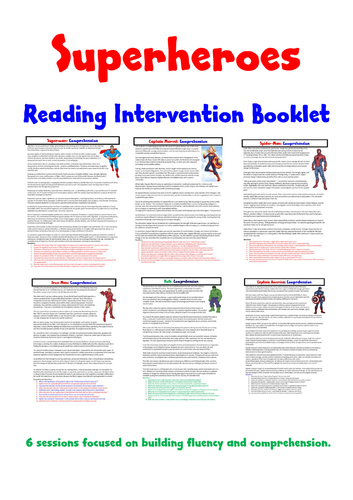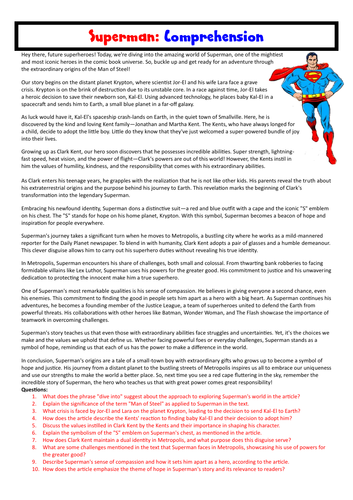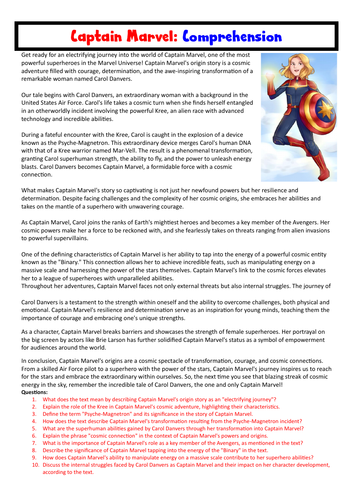387Uploads
92k+Views
51k+Downloads
All resources

Prelude (And in the frosty season)
Detailed annotations for Prelude (And in the frosty season) from the Eduqas poetry anthology. Aimed at students aiming for grades 7-9.

Living Space
Highly detailed annotations of Living Space by Imtiaz Dharker to support students with gaining a perceptive and thoughtful understanding of the Eduqas poetry anthology.

Death of a Naturalist
Line by line detailed annotations for Death of a Naturalist by Seamus Heaney to assist with revision for Eduqas poetry.

The Soldier Eduqas Poetry Revision
Highly detailed annotations of The Soldier by Rupert Brooke to support students with gaining a perceptive and thoughtful understanding of the Eduqas poetry anthology.

As imperceptibly as Grief
Highly detailed annotations of Emily Dickinson’s As imperceptibly as Grief for the Eduqas poetry anthology to support students aiming for grade 9.

Afternoons Philip Larkin
Highly detailed annotations for Afternoons by Philip Larkin for the Eduqas poetry anthology. This is aimed at students going for grade 9.

Eduqas Poetry Commenting on Structure
Students often find it difficult to find interesting things to say about the structure of each poem. This resource collates relevant comments about the structure of each poem onto one handy printable sheet to assist with revision for the Eduqas poetry exam.

Eduqas Poetry Context
Notes on the essential context (A03) for each poem from the Eduqas poetry anthology all on one printable sheet to aid with revision.

Reading Intervention Booklet Unit 2
A 6 week reading intervention unit aimed at students in Year 6 and Year 7. Each session involves looking at a short speech on a contemporary topic (topics include homework, school uniform, the environment) working on a range of fluency strategies to develop students’ confidence in accessing the text. Full details are included for how to structure each session. At the start of the unit and in week 6, the teacher should assess students against Rasinski’s rubric to help measure progress in reading fluency.
Bundle

Reading Intervention Booklet
A 6 week reading intervention module focused on building reading fluency and comprehension aimed at supporting students in Year 6 and Year 7 whose reading age is slightly below their chronological age.
The theme of the booklet is superheroes. In each session, students read a 500 word text about a superhero and complete fluency activities before ending the session with comprehension questions. Full details are included on how the sessions can be delivered.
Also contains an answer booklet for the comprehension questions.
The superheroes covered are Iron Man, Superman, Hulk, Captain Marvel, Captain America and Spiderman.
At the start and end of the unit, I recommend assessing students against Rasinski’s fluency rubric.

Reading Fluency and Comprehension Intervention Booklet
A 6 week reading intervention module focused on building reading fluency and comprehension aimed at supporting students in Year 6 and Year 7 whose reading age is slightly below their chronological age.
The theme of the booklet is superheroes. In each session, students read a 500 word text about a superhero and complete fluency activities before ending the session with comprehension questions. Full details are included on how the sessions can be delivered.
Also contains an answer booklet for the comprehension questions.
The superheroes covered are Iron Man, Superman, Hulk, Captain Marvel, Captain America and Spiderman.
At the start and end of the unit, I recommend assessing students against Rasinski’s fluency rubric.

Reading comprehension: Superman
Part of a series of superhero-themed comprehension worksheets from a reading intervention I ran with Year 6 and Year 7, this text focuses on Captain Marvel’s origins from the Marvel franchise.
Students read the 500 word text and answer the comprehension questions. The answers are included.

Reading comprehension: Captain Marvel
Part of a series of superhero-themed comprehension worksheets from a reading intervention I ran with Year 6 and Year 7, this text focuses on Captain Marvel’s origins from the Marvel franchise.
Students read the 500 word text and answer the comprehension questions. The answers are included.

Reading Comprehension: Spiderman
Part of a series of superhero-themed comprehension worksheets from a reading intervention I ran with Year 6 and Year 7, this text focuses on Iron Man’s origins from the Marvel franchise.
Students read the 500 word text and answer the comprehension questions. The answers are included.

Reading Comprehension: Iron Man
Part of a series of superhero-themed comprehension worksheets from a reading intervention I ran with Year 6 and Year 7, this text focuses on Iron Man’s origins from the Marvel franchise.
Students read the 500 word text and answer the comprehension questions. The answers are included.

Reading Comprehension: Hulk
Part of a series of superhero-themed comprehension worksheets from a reading intervention I ran with Year 6 and Year 7, this text focuses on Hulk from the Marvel franchise.
Students read the 500 word text and answer the comprehension questions. The answers are included.

Reading intervention comprehension: Captain America
Part of a series of superhero-themed comprehension worksheets from a reading intervention I ran with Year 6 and Year 7, this text focuses on Captain America from the Marvel franchise.
Students read the 500 word text and answer the comprehension questions. The answers are included.

Hawk Roosting Line by Line Annotations
Line by line annotations for Hawk Roosting by Ted Hughes for the Eduqas poetry anthology. Aimed at helping students gain a more comprehensive understanding of the poem’s main ideas and message to help reach grades 7-9.
Bundle

Eduqas Poetry Revision
Detailed revision sheets on all 18 poems from the Eduqas poetry anthology aimed at students looking to improve the quality of their inferences to reach grades 7-9.
Also contains printable revision sheets covering the structure and context for all 18 poems.

Eduqas Poetry Revision
23 page booklet containing detailed revision sheets on all 18 poems from the Eduqas poetry anthology aimed at students looking to improve the quality of their analytical comments to reach grades 7-9.
All 18 poems are covered.
The Manhunt
Dulce et Decorum Est
Sonnet 43
She Walks in Beauty
Mametz Wood
Living Space
Afternoons
As imperceptibly as Grief
London
Ozymandias
Hawk Roosting
The Soldier
Death of a Naturalist
Prelude (And in the frosty season)
Cozy Apologia
A Wife in London
Valentine
To Autumn




















